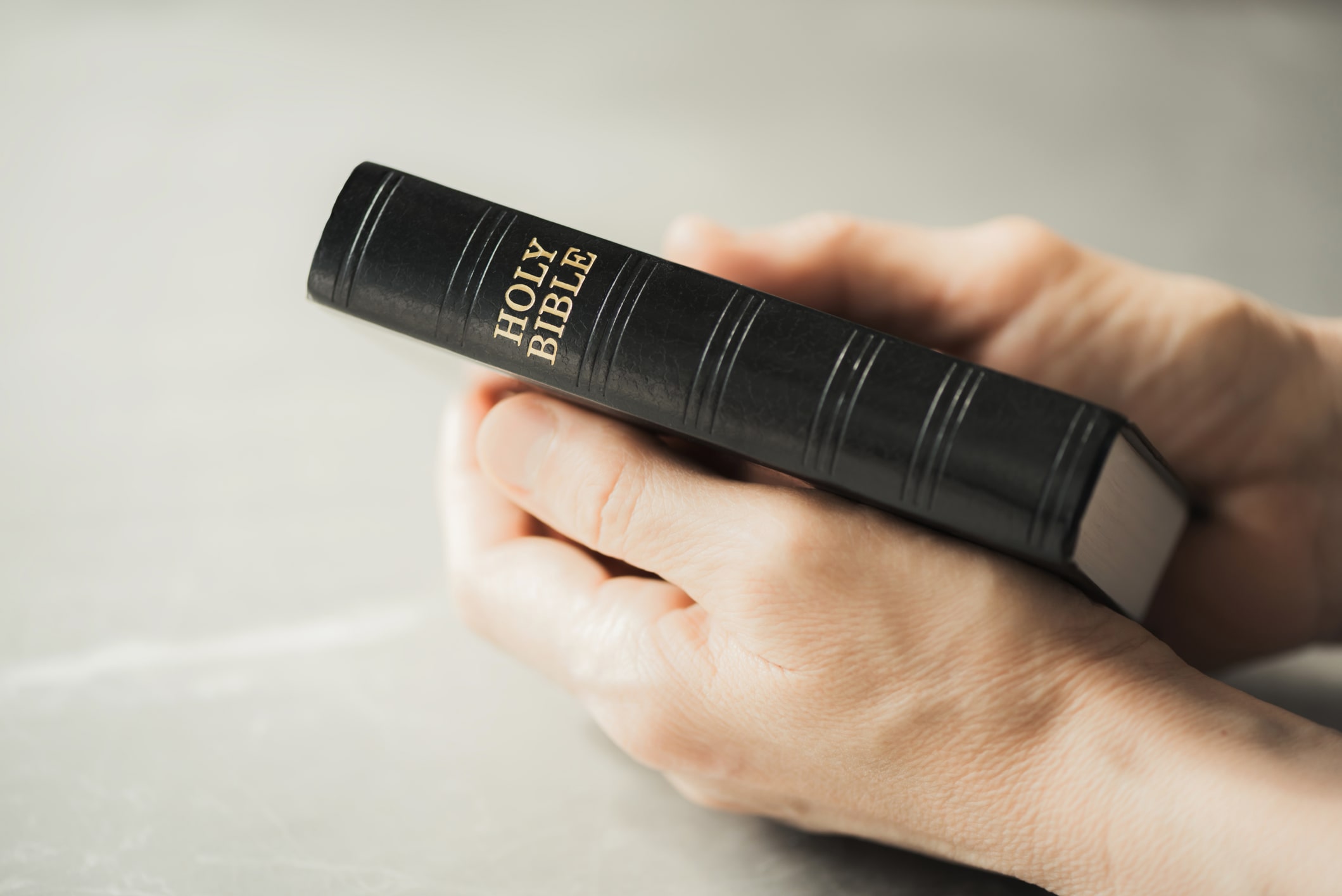I remember my Grandmother sharing stories about her immigrant father searching for water underground by using a Y-shaped tree branch before they purchased land for their homestead in the United States. I could listen to her tell stories for hours about the way things were “back then” before having electricity in the house. Having been born in the GI generation, my Great Grandfather lived through the Silent, Boomers, Generation X and into the Millennial generations before his passing. And this is not uncommon. For perhaps the first time since Jesus walked the earth, there are potentially six different generations represented in the church at the same time. This can provide a lot of unique opportunities and challenges as we determine to connect and live life together.
To reach the different generations among us, with ministry technology and personal connections, we need to first explore the recurring generation cycle in American History developed by William Strauss and Neil Howe. Each of these cycles last for lengths of 80-90 years (or the equivalency of a lifetime). Every cycle has four turnings (or new eras), each occurring roughly every 20 years, and every cycle ending in a crisis. Understanding The 6 Different Generations In The Church Today enlightens us with who the “archetypal generations” are so we, as The Church, can be better equipped to serve them and each other:
Hero
The Hero generations are born after a spiritual awakening, during a time of individual pragmatism, self-reliance, laissez-faire, and national (or sectional or ethnic) chauvinism. Heroes grow up as increasingly protected post-awakening children, come of age as the heroic young team workers of a historical crisis, demonstrate hubris as energetic midlifers, and emerge as powerful elders attacked by another awakening. Examples: GI and Millennials
Artist
The Artist generations are born during a great war or other historical crisis, a time when great worldly perils boil off the complexity of life and public consensus, aggressive institutions, and personal sacrifice prevail. Artists grow up overprotected by adults preoccupied with the crisis, come of age as the sensitive young adults of a post-crisis world, break free as indecisive midlife leaders during a spiritual awakening, and age into empathic post-awakening elders. Examples: Silent and Generation Z
Prophet
The Prophet generations are born after a great war or other crisis, during a time of rejuvenated community life and consensus around a new societal order. Prophets grow up as the increasingly indulged children of this post-crisis era, come of age as narcissistic young crusaders of a spiritual awakening, cultivate principles as moralistic midlifers, and emerge as wise elders guiding another historical crisis. Example: Boomers
Nomad
The Nomad generations are born during a spiritual awakening, a time of social ideals and spiritual agendas when youth-fired attacks break out against the established institutional order. Nomads grow up as underprotected children during this awakening, come of age as alienated young adults in a post-awakening world, mellow into pragmatic midlife leaders during a historical crisis, and age into tough post-crisis elders. Example: Generation X
Phases
Forbes writes, “Each archetypal generation goes through the normal phases of life: childhood, young adulthood, mature adulthood, and old age. Each tends to dominate society during middle age (40–60 years old) then begins dying off as the next generation takes the helm. ” One reason why the cycle of archetypes recurs is that each youth generation tries to correct or compensate for what it perceives as the excesses of the midlife generation in power. It is no surprise that Boomers (a Prophet generation focused on values, individualism, and inner life) have given birth to Millennials (a Hero generation focused on actions, community, and institutional life). Archetypes do not create archetypes like themselves; they create opposing archetypes. Your generation isn’t like the generation that shaped you; it’s like the generation that shaped the generation that shaped you.
Need to Know
Before you research how to encourage church volunteers or plan church events for the new year, know who the people are and what has shaped them. This is the first step to better connect with them. Who is more prone to reading emails versus opening postal mail? Who would prefer a personal face-to-face meeting versus a zoom meeting? Both are critical to know and plan for accordingly. Although the different generations live in the same world, they do not experience the world the same way. As The Church, we must learn to communicate cross-generationally. Not only introduce authentic Christianity, but live it as best as we can.
For more information or insight, visit our blogs at Church Growth Resources, to better serve and minister to the specific needs of each generation.
Learn to Reach the Six Generations in Your Community
With this new free guide, you can:
- Learn what Millennials are looking for in a church so you can more effectively reach them.
- Get a better understanding of your church’s future through a deep dive into today’s youngest generation, Gen Z.
- Discover how midlife Gen Xers’ commitment to family is opening up new ministry opportunities for your church.
Drake serves as an ACS Technologies Business Development Manager. He’s been with ACST for four years as a trusted advisor for clients and partners, focusing on process improvement, leadership development, and metrics for success. Drake enjoys time with his family and participates in various roles at his church.





